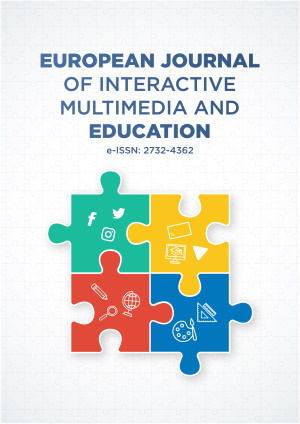Abstract
The COVID-19 pandemic significantly impacted education, revealing inadequacies and inequalities within the educational arena. This led to the emergence of blended learning as a necessary response, driven by integrating digital technology into teaching and learning. This paper explores the perspectives and experiences of junior high learners in the implementation of blended learning modality at a particular public high school institution in Eastern Visayas, Philippines. A qualitative approach using a single case study design was utilized, and the participants were selected using a purposive sampling procedure. Using Braun and Clarke’s thematic data analysis method, the study generated three themes regarding learners’ perspectives: the advantages of blended learning, limitations of blended learning for optimum learning, and ambivalent perceptions of learners towards blended learning. Moreover, five themes emerged regarding learners’ experiences of blended learning: affective issues in learning, distractive learning environment, time constraints as a learning barrier, internet connectivity issues, and challenges of quality education in blended learning implementation. As a result, school administrators, teachers, parents, and the entire academic community should strengthen their collaboration to promote and ensure the attainment of quality education in the blended learning setup. The results of this study can also assist future related research in knowing how blended learning modality can be better implemented.
License
This is an open access article distributed under the Creative Commons Attribution License which permits unrestricted use, distribution, and reproduction in any medium, provided the original work is properly cited.
Article Type: Research Article
EUR J INTERACT MULTIMED ED, Volume 5, Issue 1, January 2024, Article No: e02402
https://doi.org/10.30935/ejimed/14248
Publication date: 20 Feb 2024
Article Views: 5851
Article Downloads: 5575
Open Access References How to cite this article
 Full Text (PDF)
Full Text (PDF)